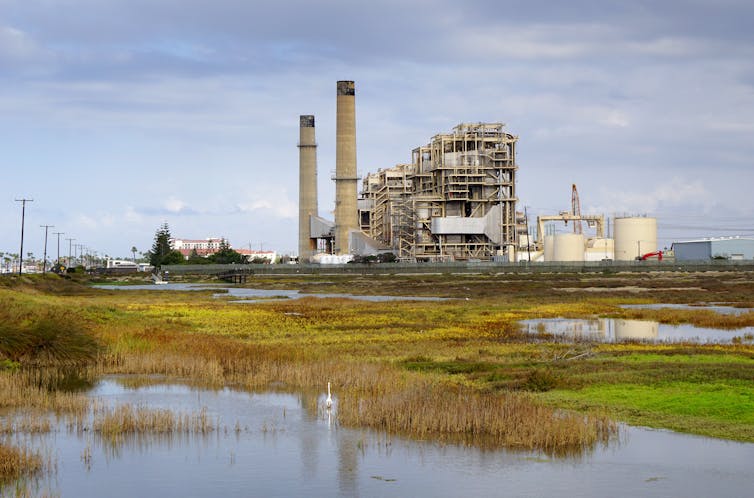Sweden.- Worms and clams enhance the release of methane up to eight times more compared to sea bottoms without animals, shows a study by scientists at Stockholm University and Cardiff University.
While greenhouse gas emissions are increasing to unprecedented levels, the source and sink mechanisms for these emissions are still not yet fully understood. Sea bottoms have been shown to be important contributors of the two strong greenhouse gases methane and nitrous oxide. Firstly to the water and finally to the atmosphere, where they cause global warming.
A study conducted by scientists from Stockholm University and Cardiff University suggests that worms and clams enhance the release of methane up to eight times more compared to sea bottoms without animals.
“It sounds funny but small animals in the seafloor may act like cows in a stable, both groups being important contributors of methane, due to the bacteria in their gut”, says Dr. Stefano Bonaglia, the lead author of the study and post doc researcher at the Department of Ecology, Environment and Plant Sciences at Stockholm University.
Bivalve farming have an effect on climate and ecosystem
“Our estimates show that 10 percent of the total methane emission from the Baltic Sea may be due to clams and worms, which is equivalent to the methane produced by about 20,000 dairy cows or, in other words, 7 percent of the Swedish dairy cow population. These small yet very abundant animals may play an important, but so far neglected, role in regulating the emissions of greenhouse gases in the sea”, he concludes.
“Although we focused on an abundant Baltic clam species not currently being farmed, our findings are relevant for the debate on the climate and ecosystem level impacts of large scale bivalve farming (e.g. clams, mussels and oyster) in marine coastal habitats”, says Stefano Bonaglia.
Stay Always Informed
Join our communities to instantly receive the most important news, reports, and analysis from the aquaculture industry.
Reference (open):
Stefano Bonaglia, Volker Brüchert, Nolwenn Callac, Alessandra Vicenzi, Ernest Chi Fru & Francisco J. A. Nascimento. Methane fluxes from coastal sediments are enhanced by macrofauna. Scientific Reports 7, Article number: 13145 (2017)
doi:10.1038/s41598-017-13263-w
https://www.nature.com/articles/s41598-017-13263-w
Source: Stockholm University
Editor at the digital magazine AquaHoy. He holds a degree in Aquaculture Biology from the National University of Santa (UNS) and a Master’s degree in Science and Innovation Management from the Polytechnic University of Valencia, with postgraduate diplomas in Business Innovation and Innovation Management. He possesses extensive experience in the aquaculture and fisheries sector, having led the Fisheries Innovation Unit of the National Program for Innovation in Fisheries and Aquaculture (PNIPA). He has served as a senior consultant in technology watch, an innovation project formulator and advisor, and a lecturer at UNS. He is a member of the Peruvian College of Biologists and was recognized by the World Aquaculture Society (WAS) in 2016 for his contribution to aquaculture.




